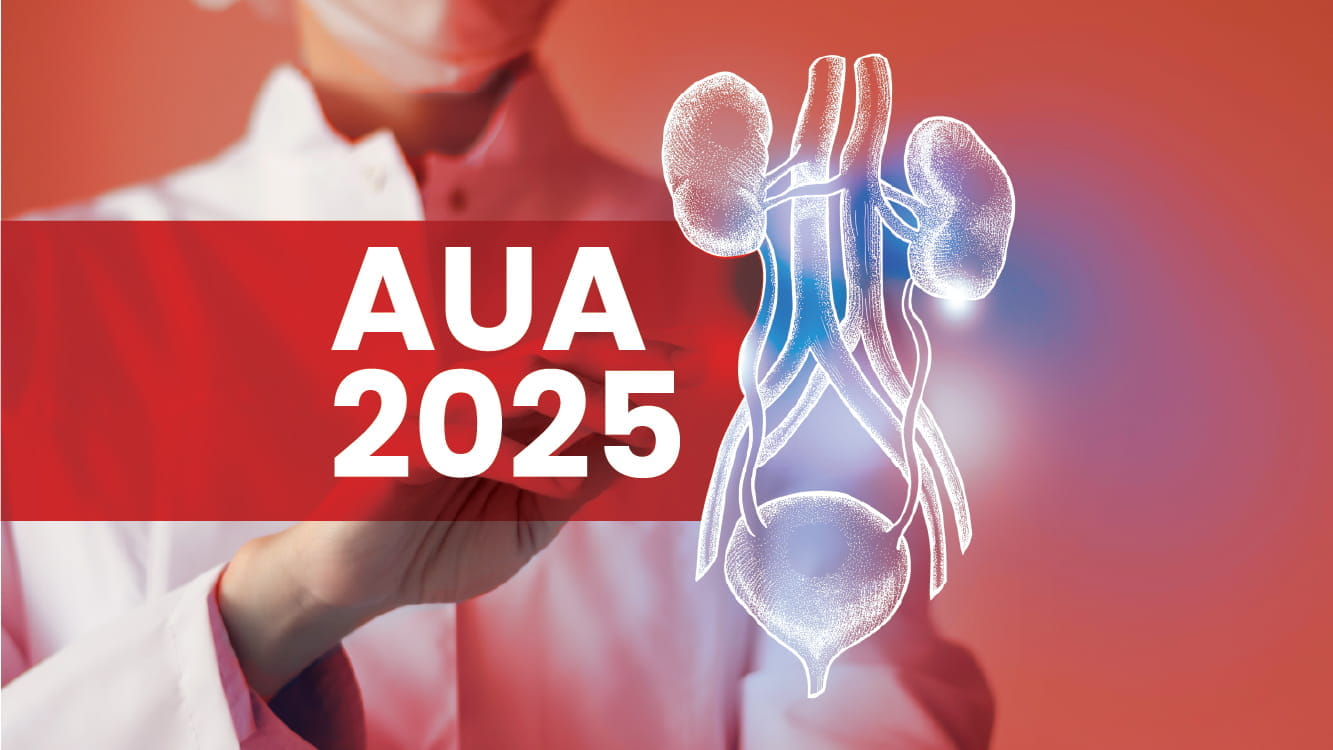Speaker: Dr. Ranga Wickramarachchi, Sri Lanka
Important Takeaways
1. Understanding OAB and BPH: Overactive bladder (OAB) and benign prostatic hyperplasia (BPH) are complex conditions requiring a multifactorial approach to treatment.
2. Non-Pharmacological Approaches: Lifestyle modifications and behavioural therapies can significantly impact OAB symptoms with minimal risks.
3. Role of Electrical Stimulation: Electrical stimulation techniques, particularly posterior tibial nerve stimulation, show promise in managing urgency and improving bladder function.
4. Urinary Containment Options: Catheterization is a valid option for managing severe cases, but careful consideration of risks and benefits is necessary.
5. Individualised Treatment Plans: A combination of therapies tailored to the patient’s specific symptoms and needs often yields the best outcomes.
Key Highlights
Understanding OAB and BPH:
OAB is characterised by symptoms like urgency and frequency, while BPH primarily causes voiding difficulties. Both conditions stem from complex interactions between the nervous system, bladder, and prostate health. Their multifactorial nature necessitates a comprehensive assessment and individualised treatment strategies.
Non-Pharmacological Approaches:
Non-pharmacological strategies, such as lifestyle modifications (fluid management, diet changes, weight loss), can effectively alleviate OAB symptoms. Evidence suggests that reducing caffeine and alcohol intake can decrease urgency and frequency, while obesity management is crucial for preventing incontinence.
Behavioural and Physical Therapies:
Behavioural therapies, such as bladder retraining and prompted voiding, aim to help patients regain control over their bladder function. While the results can be variable, these approaches contribute to confidence and symptom reduction. Additionally, pelvic floor muscle training has shown potential in improving OAB symptoms, though the data is still inconclusive. Electrical stimulation can also enhance bladder function through two mechanisms: facilitating bladder contractions and inhibiting overactivity.
Role of Electrical Stimulation:
Posterior tibial nerve stimulation (PTNS) offers a non-invasive option for patients with OAB, demonstrating effectiveness comparable to antimuscarinics. By stimulating nerve pathways, PTNS can enhance bladder compliance and reduce overactivity, making it a valuable addition to the treatment arsenal.
Urinary Containment Options:
Catheterization may be necessary for patients with persistent symptoms unresponsive to other treatments. While both urethral and suprapubic catheters can be used, the choice should be guided by the individual’s situation, considering infection risks and potential complications.
Individualised Treatment Plans:
A tailored approach that combines various therapies—pharmacological, non-pharmacological, and surgical—is often the most effective. This strategy addresses the unique needs of each patient, optimising symptom management and improving quality of life.
Société Internationale d'Urologie Congress, 23-26 October 2024, New Delhi, India.



